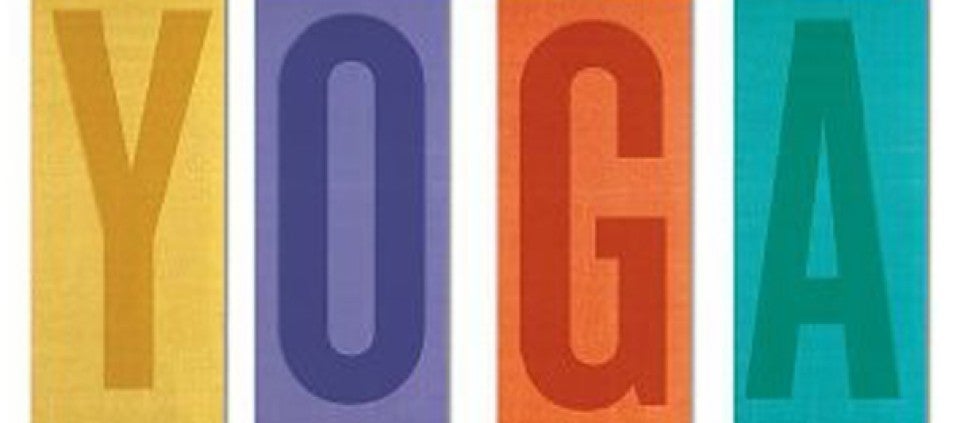The Science of Yoga: The Risks and the Rewards

by William J. Broad
Drawing from both scientific research and esoteric wisdom, William J. Broad’s The Science of Yoga: The Risks and the Rewards explores yoga’s capacity to lift moods, inspire creativity, and otherwise induce “uncommon states.” This excerpt focuses on Sat Bir S. Khalsa, PhD, a Harvard scientist who has worked with the Kripalu Institute for Extraordinary Living on research projects tracking the effects of yoga on performers, high school students, and war veterans.
In 2005, Sat Bir Khalsa and Stephen Cope from Kripalu recruited 10 volunteers from Tanglewood’s prestigious Fellows program. The five men and five women were aged 21 to 30, the average just over 25. They included singers, as well as those who played the violin and viola, horn and cello. For two months, the 10 volunteers underwent Kripalu training. The options included morning and afternoon sessions seven days a week, a weekly evening session and early-morning meditation session, and vegetarian meals at Kripalu. The investigation also included 10 fellows recruited as controls who had no yoga training.
The results, though not earthshaking, were encouraging, as Khalsa and Cope reported in their 2006 paper.
The study had assessed performance anxiety that the musicians felt in practice sessions, group settings, and solos. The yogis showed no difference from the control group in practice and group settings but did demonstrate a striking drop in performance anxiety during solos. That made sense, Khalsa and Cope noted. Research showed that such nervousness was low during practice, moderate in group settings, and high in solo performances. So the mood effects, they reasoned, would show up more during solos.
During my visit with Khalsa, we sat in his Harvard office and poured over the Tanglewood results on his computer. A yoga mat was rolled up under his desk. “There’s no question the kids loved it,” he said. “The control group had hardly any change. But look at the yoga groups. Yoga brings you into the moment. It brings a feeling of joy or energy with activity, a kind of mindfulness.”
The results were so positive, Khalsa added, that Tanglewood asked for more. He and Kripalu responded with an expanded study. The young musicians who immersed themselves in yoga, meditation, and Kripalu numbered 30. And it turned out that their two months of summer practice lifted moods even higher.
In 2009, Khalsa and colleagues reported that the yogi musicians, compared to a control group, showed strong evidence of not only less performance anxiety but significantly less anger, depression, and general anxiety and tension. They loved it, like their predecessors.
Moreover, the scientists tracked down the students a year after the summer program and asked if their lives had changed. Most reported that they had continued doing yoga and meditation, and all said the experience had improved their performance skills.
From The Science of Yoga, by William J. Broad. Copyright © 2012 by Bill Broad. Reprinted by permission of Simon & Schuster, Inc.